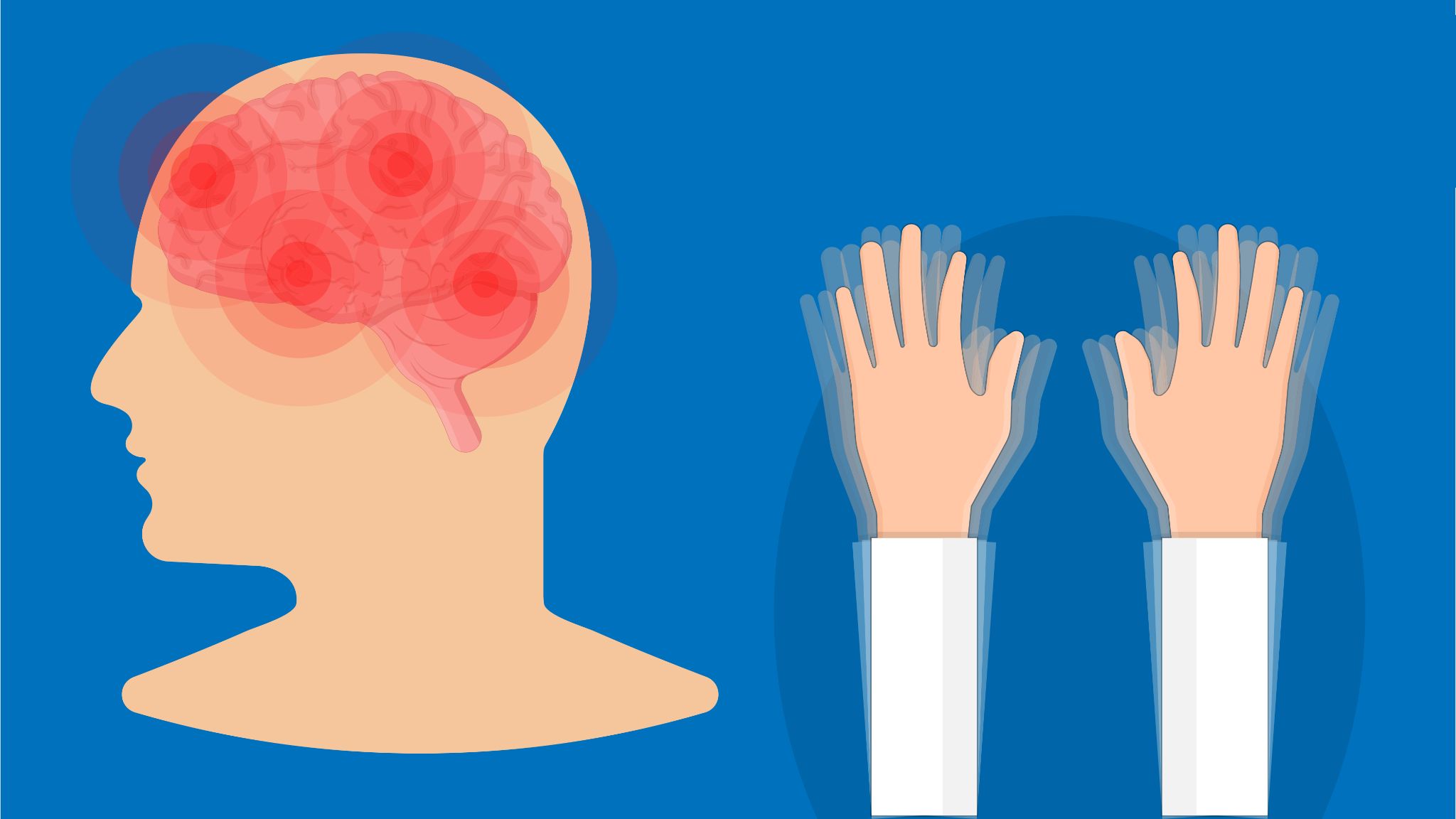
Some of us will remember the 2005 movie, A Litre of Tears. It depicts the story of a 15-year-old Japanese girl diagnosed with a neurodegenerative condition called spinocerebellar ataxia type 1 (SCA-1). This biopic of Aya Kito shed light on the challenges she faced and raised awareness about her fatal condition.
Spinocerebellar ataxia type 1
SCA type 1 is the most common type of SCA.
“SCA-1 is an autosomal dominant genetic disorder, which could be inherited from one of the parents, who usually has the disease,” Dr Pramod Pal, professor, and head of the department of neurology, National Institute of Mental Health and Neurosciences, Bengaluru, told Happiest Health.
In SCA, the cerebellum and nervous system degenerate progressively. The cerebellum coordinates voluntary movements, maintains balance, and controls muscle tone, explains Dr Pal.
Symptoms of SCA can vary in type and severity. Tremors, slurred speech, difficulty in swallowing, rapid eye movement, and unsteady gait are the commonly observed ones.
Read more: Unsteady steps: understanding spinocerebellar ataxia
Read more: Uncovering the facets of movement disorders
The hidden culprit
Research has shown that a fault in the gene ATXN1, affects the cerebellar region in the brain.
A healthy and normally functioning ATXN1 interacts with a protein called CIC to ensure harmonious coordination among the other genes in the brain.
However, studies have shown that when this gene goes rogue, three DNA elements (bases), CAG, get repeated more than 40 times. This mutated gene makes a faulty protein that damages the cerebellum. However, how exactly the gene impairs the cerebellum remains unclear.
Involvement of other genes
In a 2023 study, researchers from the Neurological Research Institute at Texas Children’s Hospital, USA, investigated how ATXN1 damages other brain regions. The study published in Neuron found that the faulty gene influences the other genes in the neighbourhood, causing toxic proteins to build up in the cerebellum, which is the critical driver of cognition and movement.
Earlier studies showed that when the cerebellum is damaged, the neurons cannot efficiently transfer signals to the muscles and spinal cord.
“A key question that has surprisingly remained unexplored is whether CIC drives ATXN1’s toxicity in other brain regions or whether other molecular players drive toxicity in other affected neurons,” says Dr Huda Zoghbi, Howard Hughes Medical Institute investigator at Texas Children’s Hospital, USA in a statement.
To solve this mystery, Dr Zoghbi and her team dug into molecular details of the faulty ATXN1 gene in the brain of mouse models. As it was already known that the healthy gene wielded influence on the activity of the other genes, they hypothesised that the mutated gene could be disrupting smooth functioning.
Neighbour support
On scrutinising further, the researchers noticed two more faulty proteins in different brain regions. A combination of these defective proteins and the ATXN1 gene produced the toxicity triggering other symptoms like deficits in memory and learning.
“We were quite surprised to discover that for this single gene disorder, the mutant protein uses distinct partners to drive toxicity in different brain cells,” says Dr Zoghbi.
According to the study authors, the involvement of other genes along with the gene mutation will help clinicians and other researchers to understand the mechanism of SCA-1 better and open avenues for novel treatments.
Activity to remain active
Until then, Dr Pal says there is no treatment for any SCA, especially SCA-1. He emphasises that people should not be fooled by any scheme or policy for SCA-1 treatment. “There is no need to undergo any costly treatment such as stem cell therapy as this condition is still non-treatable,” he cautions.
However, genetic tests are advisable for those planning to have a baby. In addition, if either parent has SCA-1, these tests could help a clinician understand the child’s condition in the womb and provide appropriate and timely treatment to the mother, advises Dr Pal.
Balancing the effects
Those affected by SCA-1 will benefit from good balance exercises, says Dr Pal. “In SCA-1 conditions, only 50 per cent of the cells in the cerebellum are active, and the remaining 50 per cent are dead or inactive. Exercise ensures that active cells remain active in the individuals,” he concludes.
















